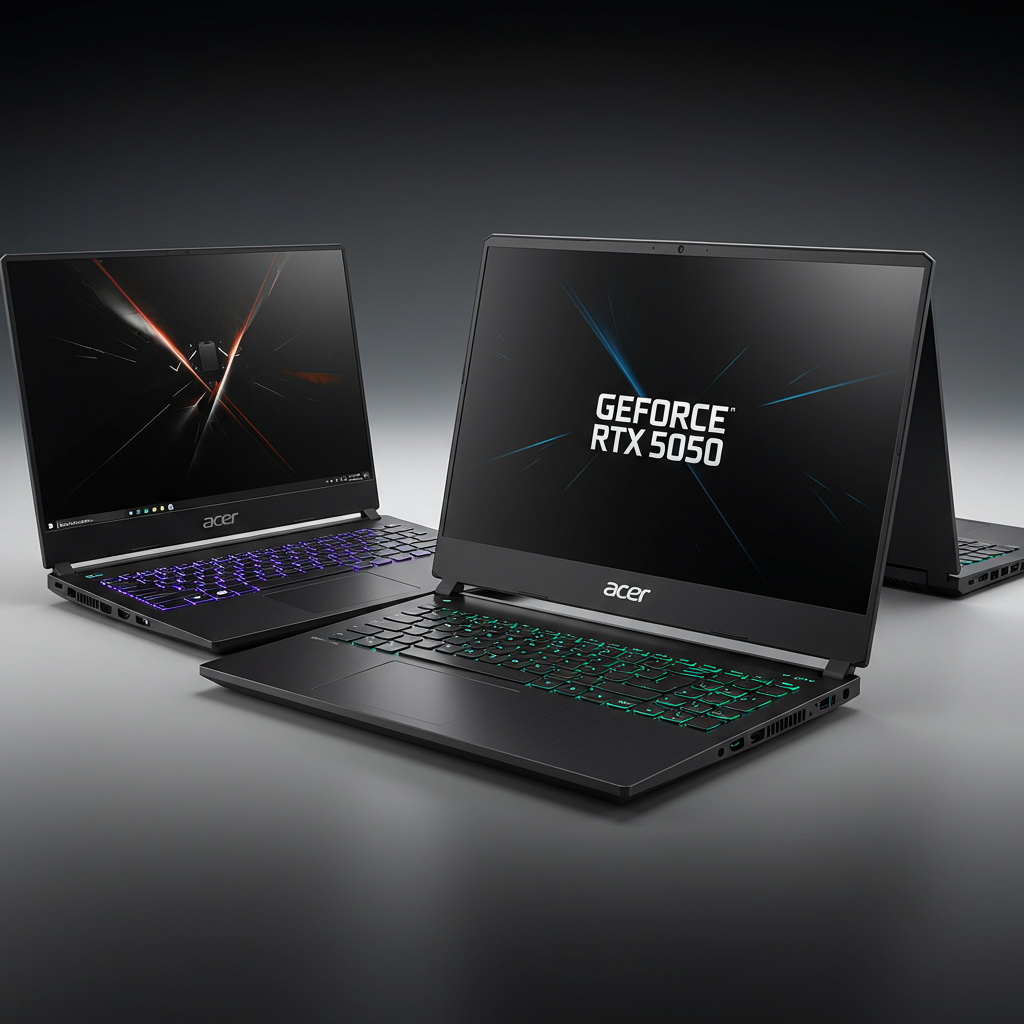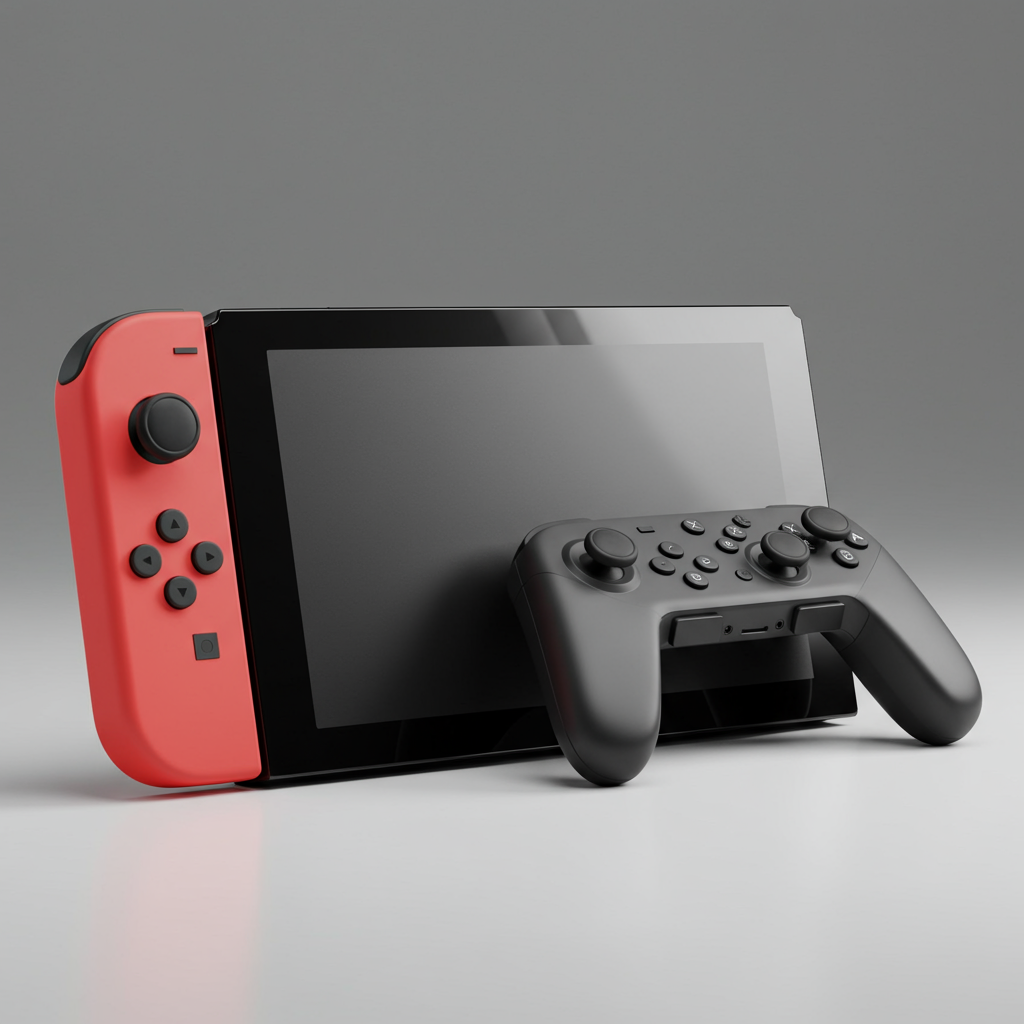Get ready, laptop shoppers! While the desktop version is still anticipated later this summer, NVIDIA’s new entry-level mobile GPU, the GeForce RTX 5050, is making an early appearance in gaming laptops. Major manufacturers like Acer, MSI, and others have started announcing and even listing models featuring the new graphics card, signaling the start of the next laptop refresh cycle.
Initially spotted in listings from domestic brands in China, like Mechrevo, these RTX 5050-equipped laptops are now reaching broader markets. In the US, prominent companies like MSI and Acer are among the first to reveal their offerings. For example, MSI plans to launch the Katana 15 featuring the RTX 5050 for a competitive price of $999 at Walmart. This specific configuration pairs the new GPU with a robust Intel Core i7-14650HX processor, 16GB of RAM, and a 144Hz display, hitting a sweet spot for mainstream gaming.
This early rollout of the RTX 5050 laptop GPU appears to be part of a larger wave of next-generation mobile hardware hitting the market. Reports indicate that other high-end RTX 50-series laptop GPUs, including the RTX 5090, 5080, and 5070 Ti mobile variants, are also beginning to surface in manufacturer listings alongside AMD’s new high-performance Ryzen 9000HX series mobile CPUs, pointing towards a significant platform refresh happening now or very soon.
For potential buyers, there’s good news regarding concerns raised about some desktop RTX 5000 series chips experiencing a specific hardware flaw (a minor deficiency in rendering pipelines affecting a small percentage of units). NVIDIA has explicitly confirmed that their Blackwell GPUs designed for laptops, like the RTX 5050, are not affected by this issue. This offers reassurance that the mobile chips entering the market are free from this particular defect.
So, what can you expect from the RTX 5050 mobile GPU itself? Based on initial details emerging from these early listings, the card features:
2,560 CUDA Cores: The core processing units for graphics tasks.
8GB of GDDR7 VRAM: Significantly, this is GDDR7 memory, which is faster than the GDDR6 rumored for the desktop RTX 5050 variant before today’s news. The inclusion of GDDR7 in the mobile version strongly suggests its desktop sibling will also adopt this faster memory type, as it would be unusual for NVIDIA to equip the lower-power mobile version with superior VRAM.
115W TDP: Indicates its thermal design power and expected power consumption range.
128-bit Memory Interface: Paired with GDDR7, this results in an estimated memory bandwidth of 384 GB/s, placing it on par with the mobile RTX 5060 in terms of data throughput.
In terms of gaming performance, the RTX 5050 laptop GPU is anticipated to land somewhere between the previous generation’s RTX 4050 mobile and the higher-tier RTX 5060 mobile. While offering decent generational improvements, it’s positioned as an entry-level card. The 8GB VRAM capacity is quite suitable for this segment, aligning with its expected use case for occasional gaming and general laptop tasks rather than pushing ultra-high resolutions or settings in the latest demanding titles.
With these new laptops appearing ahead of the desktop component’s official release, consumers looking for an early taste of NVIDIA’s Blackwell architecture in a portable form factor now have options becoming available. We await more details from NVIDIA on global availability and specific model releases.




